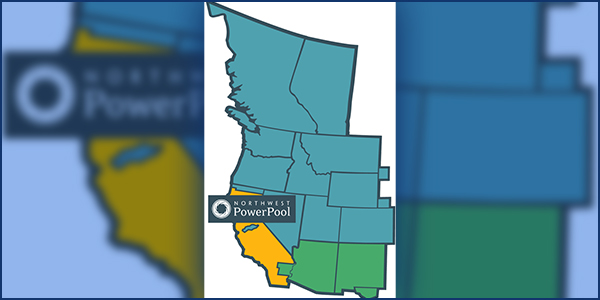SPP and Northwest Power Pool said Monday they have agreed to work together in NWPP’s development of a comprehensive resource adequacy program, further increasing SPP’s presence in the Western Interconnection.
The two entities said SPP will act as the program director. The RTO will work with NWPP and its participating member utilities “to expand and refine” a preliminary design into a more comprehensive program.
NWPP began developing a capacity resource adequacy program late last year. Several studies have indicated near-term capacity deficits are expected in the Pacific Northwest, which is dominated by energy-limited hydropower and renewable resources. NWPP has also expressed concerns about a recent trend in decommissioning coal plants and expects to lose more than 2 GW of coal generation by 2023 and another 1.5 GW by 2029. (See Western Resource Adequacy Program in the Works.)
The corporation’s president, Frank Afranji, said SPP’s experience in developing and running a resource adequacy program across multiple states will help the organization reach the program’s reliability objectives.
“The program we are developing will be available to participants with different needs and interests across a wide swath of the West,” he said. “We believe SPP’s multistate [resource adequacy] program experience will help us develop a program that provides benefits for all participants, as well as the region.”
SPP CEO Barbara Sugg said the RTO would share with NWPP its “expertise in program design, development and administration as well as our experience working with stakeholders and regulators.”
The RTO manages the grid across 17 central and western U.S. states and provides energy services on a contract basis to customers in both the Eastern and Western interconnections. It has been the reliability coordinator for 15 Western utilities since December and is hoping to stand up an energy imbalance service market for eight Western utilities in February, although it may be delayed. (See FERC Rejects SPP’s WEIS Tariff.)
SPP staff will help design and develop the resource adequacy program. NWPP members will then competitively solicit a program administrator to implement and run the program.
Afranji said the program administrator will be a separate role. “We look forward to considering all candidates for this role in the future,” he said. Those eligible to bid on the administrator role will include “SPP and any other qualified entity, including the NWPP and any others,” he said.
A voluntary organization, NWPP provides professional and management services to its 18 participating organizations, comprising major generating utilities serving the northwestern U.S., British Columbia and Alberta. Smaller, mostly non-generating utilities in the region participate indirectly through the member system with which they are interconnected.






